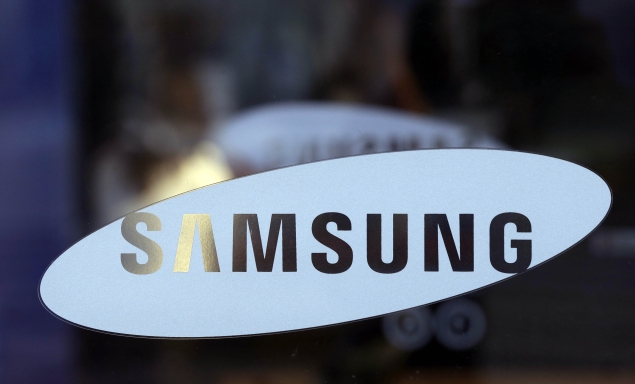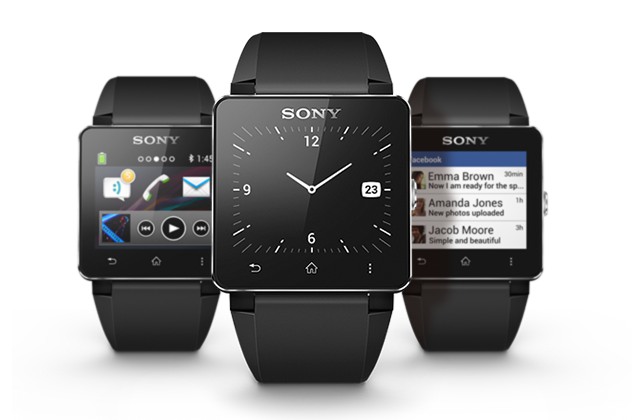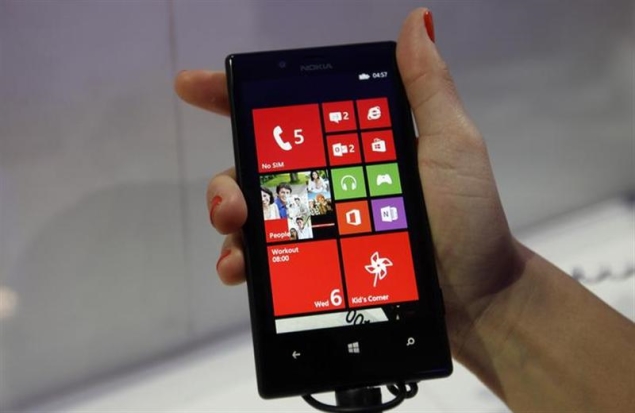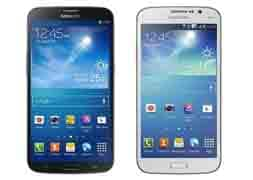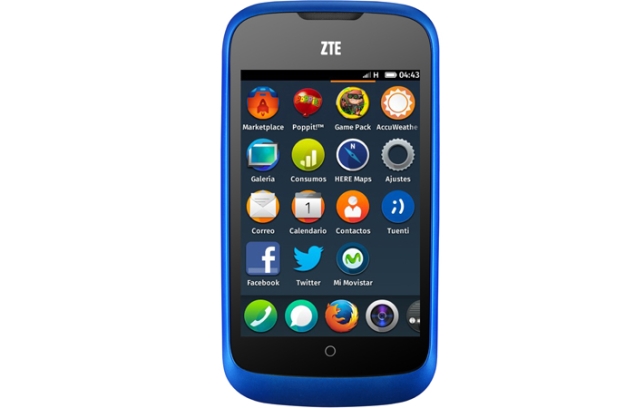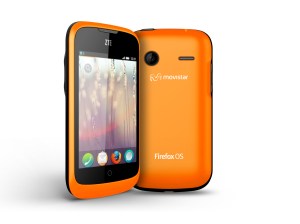Outbox, the startup that digitizes your postal mail then puts it online for access via web, iPhone, Android or iPad, has raised $5 million in Series A funding. The round was led by previous investor
Floodgate and included investment from
Founders Fund,
Correlation Ventures,
TDF Ventures,
WTI,
Expansion VC, and
Peterson Ventures, as well as other angel investors.
In total, Outbox raised from over 80 people using AngelList. This makes it the largest round ever raised on
AngelList Invest, we’ve confirmed with AngelList founder
Naval Ravikant, though not the largest total raise on AngelList. With Invest, accredited investors put in small amounts online, and AngelList creates an LLC on-the-fly that invests in the startup directly.
This is not the first funding round for Outbox — it raised
$2.2 million back in 2011, also led by Floodgate. Earlier this year, when
the company launched in beta in San Francisco, there were also hints that it would take on additional outside investment again in order to expand its service to other markets such as New York, Chicago, Boston, Washington, D.C., and L.A., one of which (likely NY) may go live by the end of the year.
Outbox was started by Evan Baehr and Will Davis, who had both previously worked on various committees in the U.S. House, before later meeting at Harvard Business School.
“I had this crazy idea that I wanted a Dropbox for my snail mail,” explains Davis, whose experience with today’s postal mail challenges was influenced by the fact that his family had moved six times in eight years. “I had this overwhelming pent-up frustration with postal mail,” he says.
Meanwhile, co-founder Baehr was drawn to the idea for the opposite reason — his family loves to send things through the mail. His sister-in-law, for example, runs a stationery shop, and his mother-in-law mails all kinds of things — including, once, a shrink-wrapped turkey with stamps on it. “Will is a bit more focused on efficiency, while I spend more time thinking about how we can hold onto the more beautiful elements of mail,” he says.
After users sign up for Outbox, the company drops by a physical mailbox three times per week, then digitizes the content and makes it available online and on mobile. Designed primarily for urban markets, the company makes a copy of your mailbox key from a photo you send in. And after picking up the paper mail, other items, including small parcels or Netflix DVDs, are placed in an Outbox-branded mailer and left with the buildings’ concierge or front desk, or delivered to an alternative address, such as your work. Users are also alerted that they have a package waiting for them when this occurs.

Though something about having another person handle your postal mail may make some people uncomfortable, the truth is that the large majority of our most personal communications now take place online, not off. Postal mail today is mainly junk, magazines, bills, and maybe the occasional communication from a company you do business with, like the revised privacy policy from your credit card provider, or a statement from your last doctor’s visit, for example. And Outbox claims its service is actually more secure in some ways than the way we handle this mail today (throwing it in the trash), given that after scanning the mail and placing it online, the original documents are then shredded, unless you specifically request the physical copy.
Plus, the service’s “un-postmen,” as they’re called, develop a close relationship with customers, who can email in special requests — like to hold packages while you’re out of town. In the future, the hope is to partner with existing shipping networks to help handle the last mile of delivery, which would allow customers to request the date and time for their package deliveries. The team may also experiment with helping customers ship out, too, as well as work with companies for product promotions or introductions (something it has already tried with Starbucks).
Explains Davis, postal mail delivery is really only one of many potential applications for the Outbox service. Others may include things like bill pay or check deposit, for example. “Those are new applications we see layered on to the mail graph,” he says. “Our primary concern with the mail system is essentially being able to index and graph the mail across your sender and user base. When you understand that data better…you can layer on other really cool applications,” Davis adds. Some of these apps may launch over the next few months.
Outbox first ran through a beta test in Austin, its original launchpad, and saw only 3 percent of the 500 testers cancel before it went live in San Francisco, where it has also capped its beta at 500 users. The waitlist, however, now has thousands lined up, and the expectation is that Outbox will exit from closed beta this year in San Francisco.
Since the launch of its $4.99 monthly service, Outbox has processed 150,000 mail images. This has also entailed logging over 17,000 miles by un-postmen, the company says. (At least they drive Priuses.)

Outbox isn’t the first company to have the idea of bringing physical mail online. Last year, competitor Zumbox, founded back in 2009,
raised $10 million in Series C funding from CEO John Payne, as well as Computershare, a joint venture partner in Australia. The company had previously raised from Michael Eisner, the former CEO of Walt Disney, Rick Braddock, the former CEO of Priceline.com, and others.
Unlike Outbox, Zumbox (now “Digital Postal Mail powered by Zumbox”) doesn’t charge end users, instead offloading the costs to promotional mailers who partner with the service. But notably, the company does not reveal its customer figures, only claiming a reach of “120 million households” — this, because it sets up mailboxes for all U.S. households in advance of customer sign-ups. (Word is that Zumbox doesn’t have a significant number of users.)
Meanwhile, another service involving postal mail called
PaperKarma, which allowed users to opt-out of junk mail by snapping a photo of it,
was just acquired by online identity and privacy startup
Reputation.com for an undisclosed sum.
With postal mail becoming increasing less relevant in the digital age -
the U.S. Postal Service plans to stop Saturday delivery, for example – you can see why there would be a demand for a service that fits in better with our mobile, digital lifestyles than “snail mail” now does. But the key here to what Outbox is doing is that it’s not only building value on top of USPS’s system, it’s building its own delivery network layered with apps that could remain relevant even if the Post Office is not.
“It’s a big swing for the fences type play that’s going to be hard to pull off,” Davis admits. “But if you do pull it off, it could have dramatic social and political change.”
